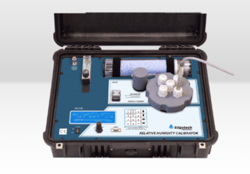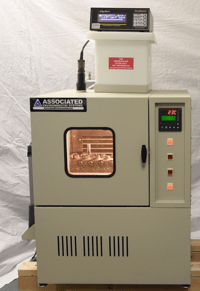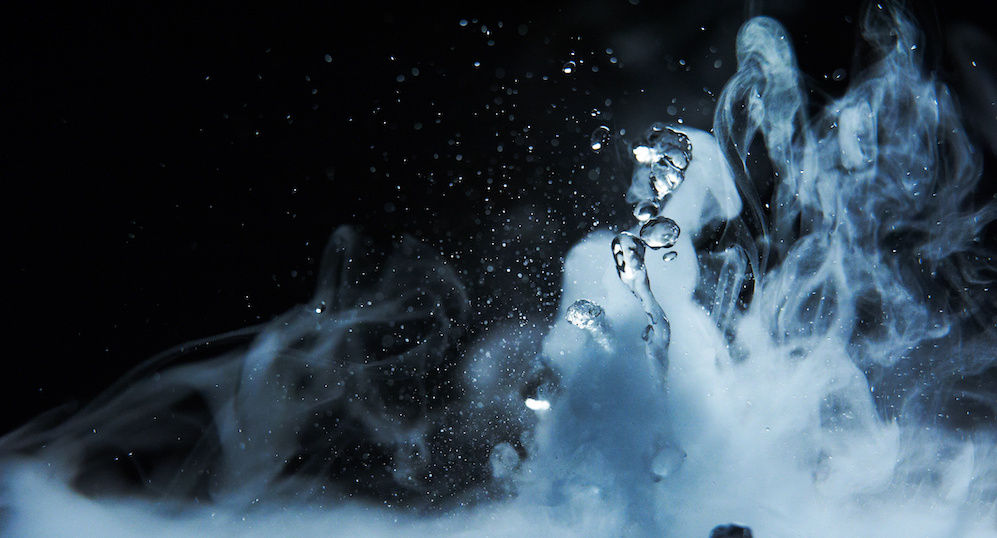Chilled Mirror Hygrometry, a Technology for Process and Lab - Part 6
Part 6: Chilled Mirror Hygrometry as the Basis of a Humidity Calibration System
Because chilled mirror hygrometry is a fundamental method of measurement, it can be made traceable to national standards. When chilled mirror hygrometer systems are married to precision humidity generators, they constitute a calibration system in which secondary humidity measuring devices, for example polymer and inorganic oxide transmitters, can be calibrated. The precision of the humidity generator sets the overall precision of the system. Such generators are shown in Figures 4a and 4b.
 Figure 4a: A portable humidity calibrator traceable to NIST used to calibrate several humidity transmitter probes at once. This highly accurate, ±0.5 %RH, ±0.2°C air temp, precision instrument can be used in the field or in the lab.
Figure 4a: A portable humidity calibrator traceable to NIST used to calibrate several humidity transmitter probes at once. This highly accurate, ±0.5 %RH, ±0.2°C air temp, precision instrument can be used in the field or in the lab.

Figure 4b: A high capacity precision humidity and temperature environmental chamber, ELH Environmental Chamber, fitted with a traceable DewMaster chilled mirror hygrometer; accuracy of the CMH is ±0.2°C or better, and precision at 50 %RH is ±0.5°C, nominal.
For instance, if the humidity generator has a precision of ±0.5°C dew point, and the accuracy of the chilled mirror hygrometer is ±0.1°C, the overall precision of the system at 50 percent relative humidity at 20°C temperature is ±0.5°C dew point (±2 percent relative humidity) with an overall average accuracy of ±0.1°C.
Two examples of such calibration systems are seen in Figure 4. One is portable (4a) with the ability to test several probes, while the other (4b) is stationery with a large calibration capacity allowing many secondary devices to be calibrated, or materials to be conditioned at desired relative humidities.
The operating principles of chilled mirror hygrometry are based on a fundamental measurement of water, specifically the dew/ frost point. With its wide dynamic range and high accuracy and precision, it is a versatile means of measuring humidity in many process applications where ease of use and maintenance are desirable. This technology can also be made traceable to NIST.




